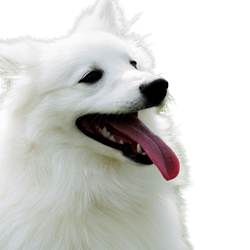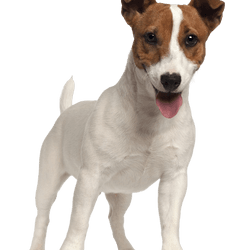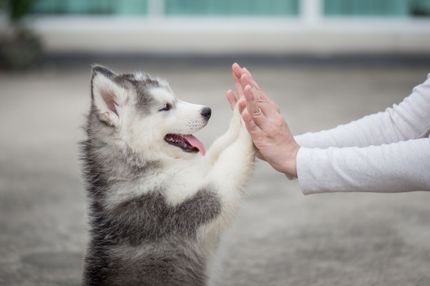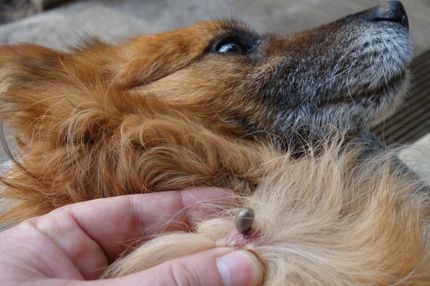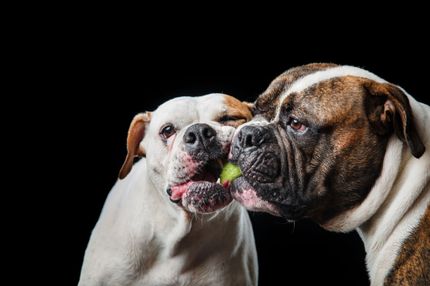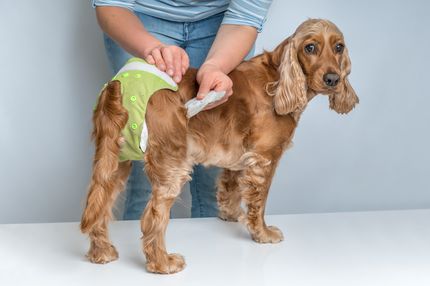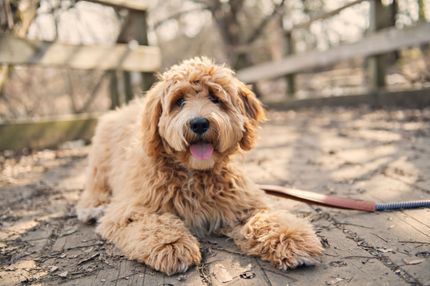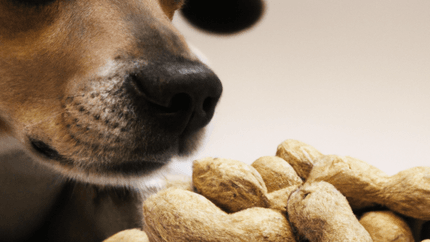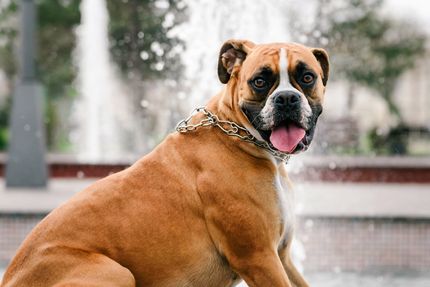Facts & Origin
Eskijack - American Eskimo Dog and Jack Russel Terrier mix
The Eskijack is an exciting mix of the American Eskimo Dog and the Jack Russell Terrier. Both parent breeds have an interesting origin and history.
The American Eskimo Dog is descended from the European Spitz Dogs and became popular in the United States in the 19th century. The Jack Russell Terrier , on the other hand, was bred in England in the 19th century for fox hunting. Crossing these two breeds creates the unique and lovable Eskijack.
Suitability and attitude
The Eskijack is an adorable mix of the American Eskimo Dog and the Jack Russell Terrier. With his charming appearance, lively personality and adaptability, he is an ideal companion dog for active families and individuals. The regular care and attention he requires will be rewarded by his love and devotion to his owners. If you're looking for a loyal and fun four-legged friend, the Eskijack could be the perfect choice.
| Alternate Name | - |
| Origin | USA - England |
| Life expectancy | 12 - 16 years |
| Care requirements | high-maintenance - low-maintenance |
| Activity level | average - high |
| FCI group | not recognised |
| AKC group | not recognised |
| KC group | not recognised |
More American Eskimo Dog mixes
More Jack Russell Terrier mixes
Attitude, character and temperament of the breed
Possible character traits of the Eskijack
The Eskijack is an intelligent, playful and friendly dog. He inherits the lively nature of the Jack Russell Terrier and the affectionate personality of the American Eskimo Dog. This blend makes him a great companion for active families and individuals. The Eskijack loves to spend time with his people and is usually well behaved with children and other pets. However, because of his intelligence and energy, he needs regular mental and physical activity to be happy and balanced.
Character
Usage
Care and health maintenance
The Eskijack is generally a robust and healthy dog. However, some genetic health problems can occur from the parent breeds, including joint problems, allergies, and eye disease. Regular veterinary examinations and a balanced diet are important to ensure the Eskijack's health. The dense coat requires regular brushing to prevent matting and shedding. In addition, dental hygiene should be maintained through regular brushing.
What does this mixed breed look like?
The Eskijack is a medium-sized dog with a charming and expressive face. It often has the characteristic triangular ears of the Jack Russell Terrier and the thick, furry coat of the American Eskimo Dog. The coat can come in a variety of colors including white, cream, brown and black. The Eskijack has an athletic build and an energetic gait.
| Fur length | long - short |
| Fur | flat coated - rough-haired |
| Ear shape | Standing Ears - Tilt-ear |
| Tail | rolled up - lang |
| Anatomy | sporty, sporty |
| Size ♀ | 25 - 48 cm |
| Weight ♀ | 6 - 16 kg |
| Size ♂ | 25 - 48 cm |
| Weight ♂ | 6 - 16 kg |
| Suitable For | - |
Known Diseases
Cataract
Cataracts are still one of the most common causes of blindness, even in dogs.
Numbness
Often occurs in old age.
Ataxia
Ataxia (from Greek ἀταξία ataxia 'disorder' 'irregularity') is a generic term in medicine for various disorders of movement coordination. Ataxia can occur even when there is no paralysis (paresis), that is, when there is normal muscle strength.
Atopy
Canine atopic dermatitis or environmental allergy is characterized by itching with scratching, biting, and rubbing of the face, paws, and belly
Dermatophytosis
Dermatophytosis (synonym dermatophytosis, from ancient Greek τὸ δέρμα derma, German 'skin' and ancient Greek φυτόν phyton, German 'plant') or tinea (Latin for 'woodworm', 'moth') is a skin fungal disease caused by specific fungi (dermatophytes).
extreme whiteness
May be associated with some other diseases.
Legg-Calve-Perthes
Legg-Calvé-Perthes disease (aseptic femoral head necrosis) is a growth disorder of the femoral head.
Dislocations
Lenticular and patella luxation occur in some breeds and affect the eye.
Myelopathy
Degenerative myelopathies of dogs are a series of slowly progressing neurological diseases associated with destruction of the spinal cord. These diseases are associated with slowly progressive movement disorders of the hindquarters.
FAQ
-
This hybrid breed usually reaches a shoulder height between 30 and 40 cm.
-
The coat color is mostly white, but different color variations such as cream and tan can occur.
-
This hybrid breed is known for its courage, playfulness and energy level. They are intelligent dogs that love to learn and play with other dogs.
-
This hybrid breed has a very dense and thicker coat that requires regular grooming to prevent matting and hair loss.
-
The average life expectancy is between 10 and 15 years.
